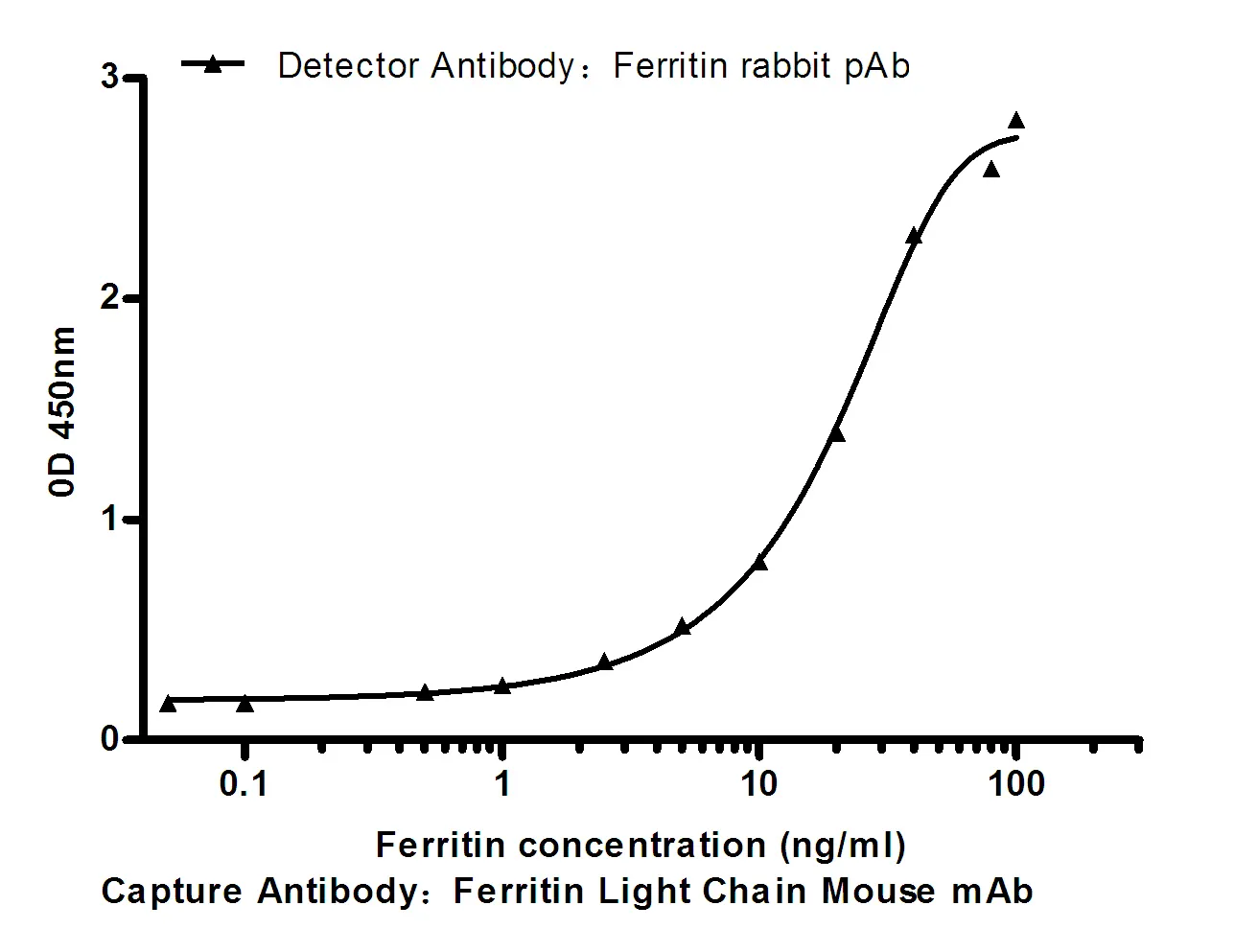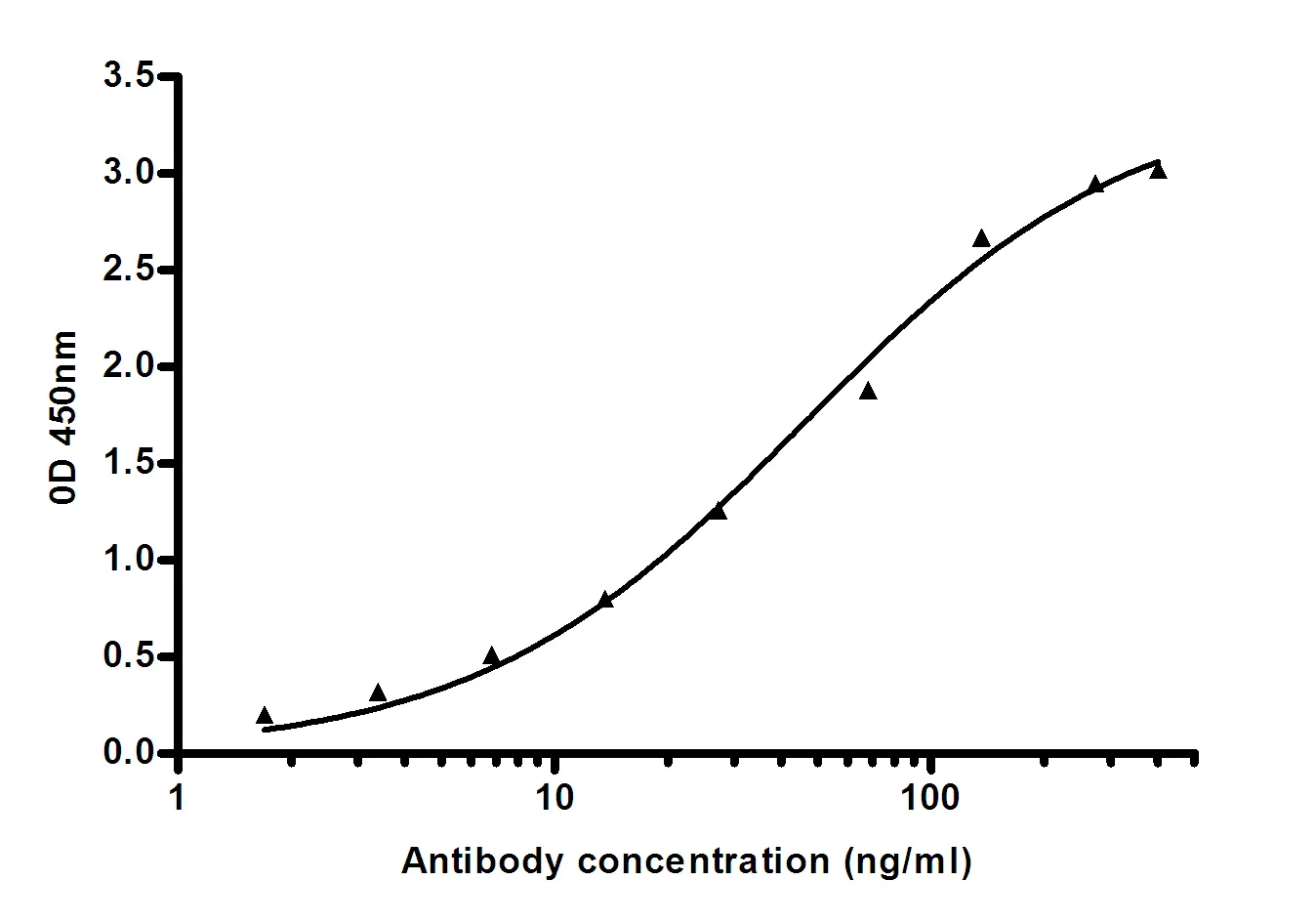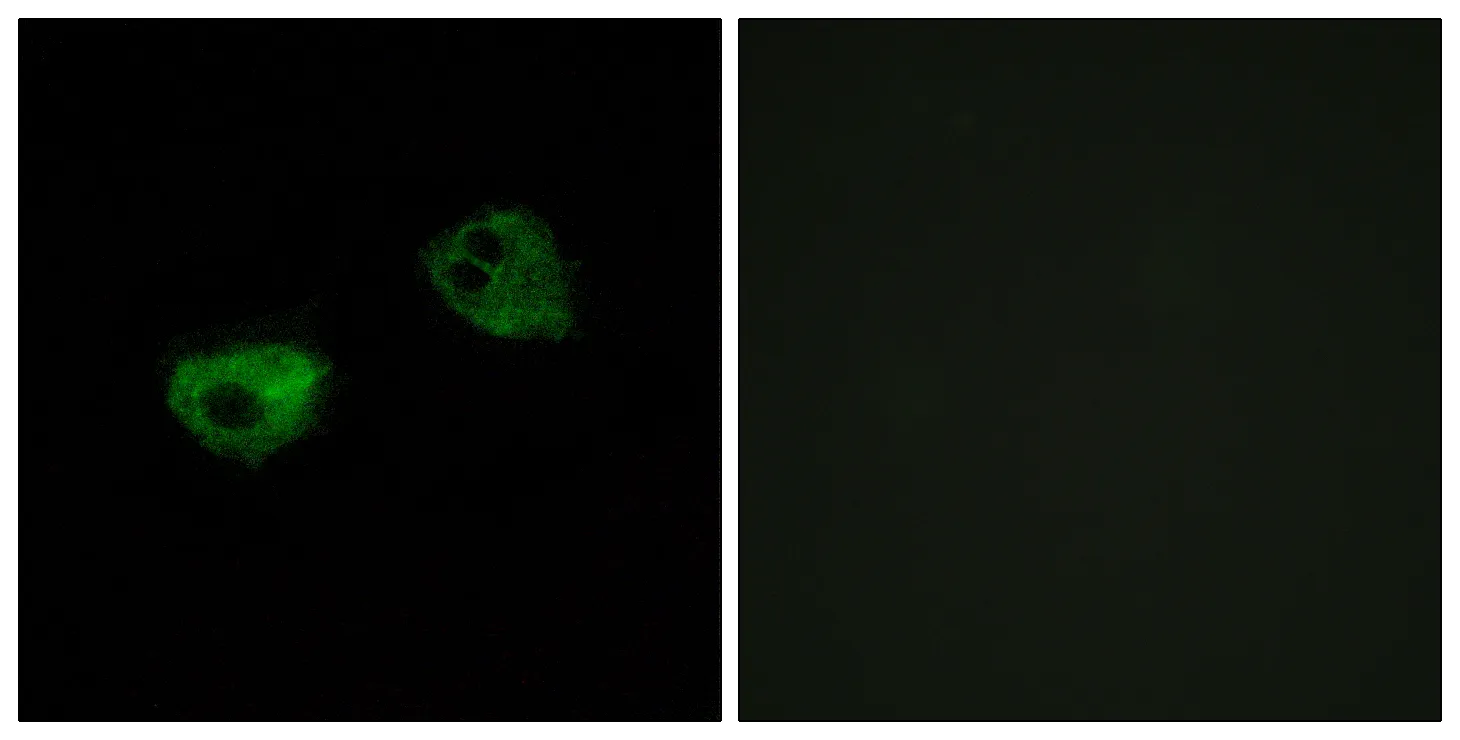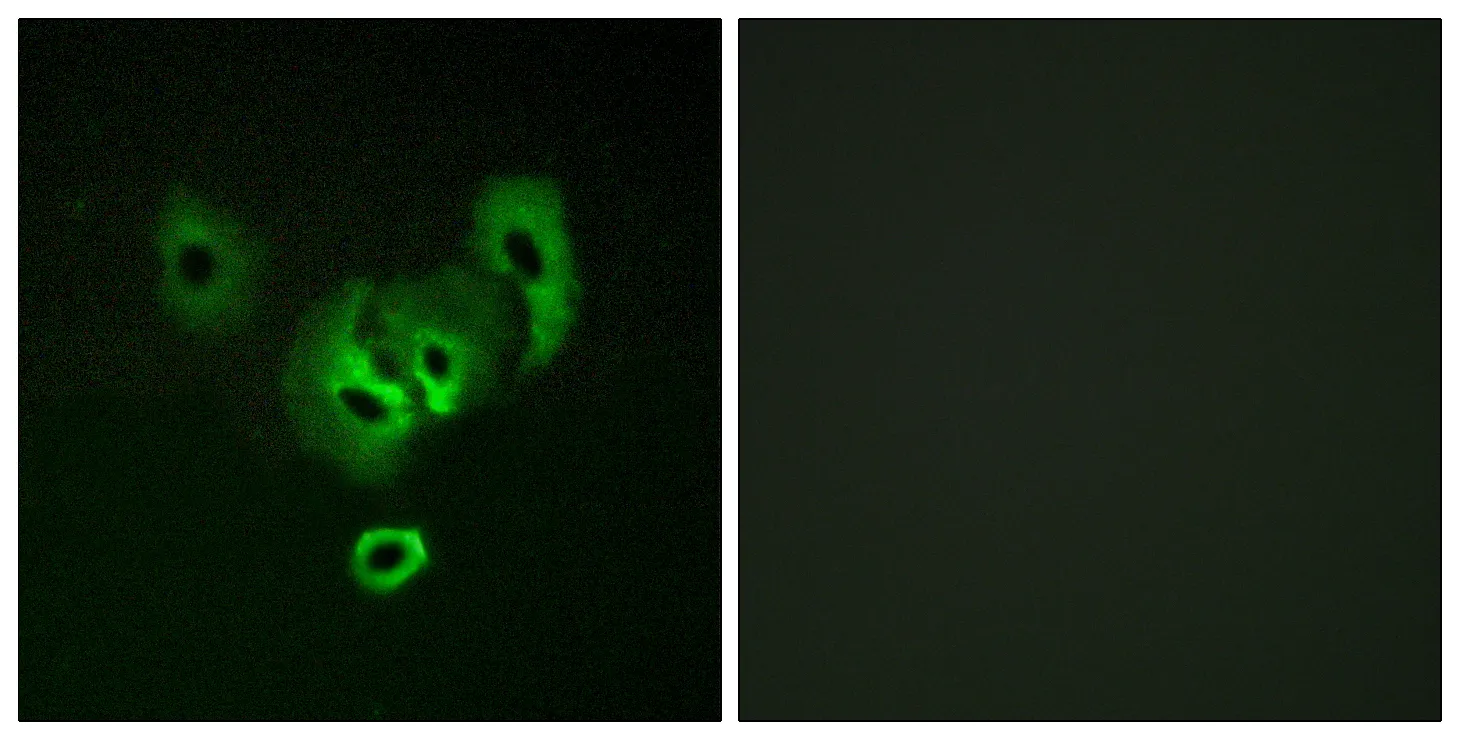Summary
Performance
Immunogen
Application
Background
catalytic activity:L-dopachrome = 5,6-dihydroxyindole-2-carboxylate.,cofactor:Binds 2 zinc ions per subunit.,function:Involved in regulating eumelanin and phaeomelanin levels.,pathway:Pigment biosynthesis; melanin biosynthesis.,similarity:Belongs to the tyrosinase family.,subunit:Tyrosinase, TYRP1 and TYRP2 may form a multienzyme complex.,catalytic activity:L-dopachrome = 5,6-dihydroxyindole-2-carboxylate.,cofactor:Binds 2 zinc ions per subunit.,function:Involved in regulating eumelanin and phaeomelanin levels.,pathway:Pigment biosynthesis; melanin biosynthesis.,similarity:Belongs to the tyrosinase family.,subunit:Tyrosinase, TYRP1 and TYRP2 may form a multienzyme complex.,
Research Area
Tyrosine metabolism;Melanogenesis;




